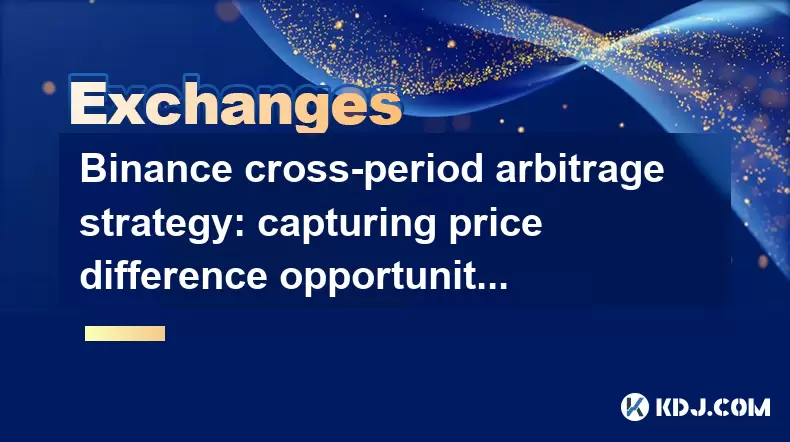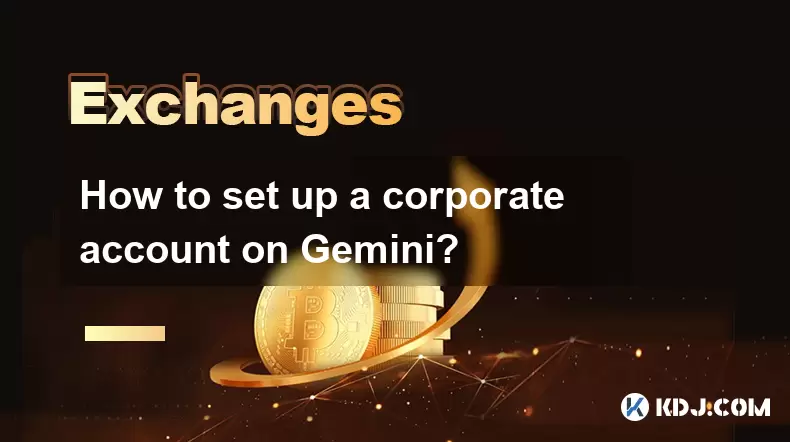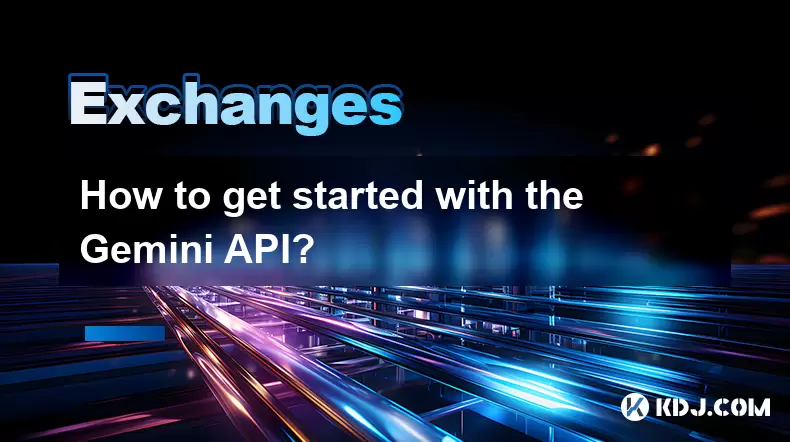-
 Bitcoin
Bitcoin $115000
0.12% -
 Ethereum
Ethereum $3701
4.50% -
 XRP
XRP $3.081
2.99% -
 Tether USDt
Tether USDt $0.0000
-0.01% -
 BNB
BNB $767.9
1.45% -
 Solana
Solana $169.5
3.13% -
 USDC
USDC $0.9999
0.01% -
 Dogecoin
Dogecoin $0.2106
4.30% -
 TRON
TRON $0.3334
1.62% -
 Cardano
Cardano $0.7564
2.54% -
 Stellar
Stellar $0.4165
0.76% -
 Hyperliquid
Hyperliquid $38.75
0.25% -
 Sui
Sui $3.593
3.00% -
 Chainlink
Chainlink $17.08
3.59% -
 Bitcoin Cash
Bitcoin Cash $573.6
4.35% -
 Hedera
Hedera $0.2508
-0.84% -
 Avalanche
Avalanche $23.07
6.46% -
 Ethena USDe
Ethena USDe $1.001
-0.02% -
 Litecoin
Litecoin $120.8
8.17% -
 UNUS SED LEO
UNUS SED LEO $8.943
-0.32% -
 Toncoin
Toncoin $3.400
-5.60% -
 Shiba Inu
Shiba Inu $0.00001255
1.54% -
 Uniswap
Uniswap $9.908
6.32% -
 Polkadot
Polkadot $3.718
2.10% -
 Monero
Monero $303.0
-0.74% -
 Dai
Dai $0.9999
-0.02% -
 Bitget Token
Bitget Token $4.392
0.91% -
 Cronos
Cronos $0.1403
6.31% -
 Pepe
Pepe $0.00001076
1.13% -
 Aave
Aave $267.2
1.80%
Binance cross-period arbitrage strategy: capturing price difference opportunities
Cross-period arbitrage on Binance exploits price differences between perpetual and fixed-expiry crypto contracts, profiting from funding rates, time decay, or market imbalances without relying on directional price moves.
Jun 10, 2025 at 07:29 pm

Understanding Cross-Period Arbitrage on Binance
Cross-period arbitrage is a strategy used by traders to take advantage of price differences between different contract periods for the same cryptocurrency asset. On Binance, this typically involves trading perpetual contracts against quarterly or bi-quarterly futures contracts. The idea is that while both contracts are based on the same underlying asset, they may trade at different prices due to factors like funding rates, market sentiment, and time decay.
This form of arbitrage doesn't rely on directional movement of the asset's price but instead on the relative price difference between two related contracts. It’s considered a lower-risk strategy compared to speculative trading because it seeks to profit from mispricings rather than predicting future price movements.
Important Note: This strategy requires a good understanding of futures markets and how different expiration dates affect contract pricing.
How Price Divergence Occurs Between Contract Periods
On Binance Futures, crypto assets have multiple listed contracts with varying expiration dates. For example, Bitcoin (BTC) might have a perpetual contract and a quarterly contract expiring in December 2024. While both track BTC's spot price, their prices can diverge due to several reasons:
- Funding Rate Dynamics: Perpetual contracts use funding rates to tether their price to the spot market. These periodic payments can cause slight deviations in price relative to fixed-expiry futures.
- Market Imbalance: One contract may experience higher buying or selling pressure, causing temporary price divergence.
- Time Value: Fixed-expiry contracts include a time premium, which diminishes as the expiration date approaches.
These differences create opportunities for cross-period arbitrage if monitored closely and acted upon quickly.
Setting Up Your Trading Environment on Binance
Before initiating any arbitrage trades, ensure your Binance account is properly configured for futures trading:
- Enable Futures Trading: Go to the Binance Futures section and complete identity verification if not already done.
- Deposit Margin Funds: Transfer sufficient USDT or BUSD into your futures wallet to cover margin requirements for both long and short positions.
- Select Contracts: Open two relevant contracts—one perpetual and one quarterly—on the same asset, such as BTC/USDT.
- Use Advanced Charting Tools: Use Binance’s built-in tools or third-party platforms like TradingView to monitor price spreads between contracts.
Ensure that you’re familiar with order types such as limit orders and stop-loss orders to manage risk effectively during execution.
Executing the Cross-Period Arbitrage Trade
Once the setup is complete and a potential arbitrage opportunity is identified, follow these steps:
- Analyze Spread Charts: Monitor the price spread between the perpetual and quarterly contract using differential charts or custom indicators.
- Determine Entry Threshold: Set a minimum price deviation threshold—for instance, when the spread exceeds $50 for BTC—to filter out noise and false signals.
- Open Opposite Positions: If the perpetual contract is trading above the quarterly one, short the perpetual and go long on the quarterly. If reversed, do the opposite.
- Set Take-Profit Levels: Define clear profit targets based on historical spread ranges or statistical models.
- Monitor Funding Rates: Be aware of upcoming funding rate changes, as they can impact the profitability of your positions.
Timing and precision are crucial here. Delays in execution can result in missed opportunities or losses due to rapid market adjustments.
Risk Management Considerations
Although cross-period arbitrage is generally less risky than directional trading, it still carries certain risks that must be managed:
- Liquidity Risk: Ensure both contracts have enough liquidity to enter and exit positions without slippage.
- Execution Risk: Simultaneous entry into both contracts is essential; delays can expose you to directional risk.
- Exchange Fees: Multiple trades increase transaction costs, which can erode profits if not accounted for.
- Margin Requirements: Holding both long and short positions increases total margin usage, so ensure sufficient funds are available.
- Systematic Risks: Market shocks or regulatory announcements can disrupt normal pricing mechanisms temporarily.
Using stop-loss orders and position sizing techniques can help mitigate some of these risks.
FAQ: Frequently Asked Questions
Q1: Can I perform cross-period arbitrage manually or do I need bots?
You can perform it manually using Binance’s native interface, especially for larger, more obvious spreads. However, advanced traders often use bots or scripts to automate monitoring and execution for faster responses.
Q2: Is cross-period arbitrage legal on Binance?
Yes, it is fully allowed under Binance’s trading policies. There are no restrictions on opening opposing positions across different contract types.
Q3: How often do profitable opportunities occur?
Opportunities vary depending on volatility and market conditions. During high volatility, such as major macroeconomic events or crypto news, spreads widen more frequently.
Q4: What tools can help me track cross-contract spreads effectively?
Binance provides price comparison features. You can also use platforms like Deribit’s implied funding calculator or build custom spreadsheets linked to Binance APIs for real-time tracking.
Disclaimer:info@kdj.com
The information provided is not trading advice. kdj.com does not assume any responsibility for any investments made based on the information provided in this article. Cryptocurrencies are highly volatile and it is highly recommended that you invest with caution after thorough research!
If you believe that the content used on this website infringes your copyright, please contact us immediately (info@kdj.com) and we will delete it promptly.
- Bitcoin, Fed Rate Cut, and Crypto Stocks: A New Yorker's Take
- 2025-08-05 14:50:12
- Police, Cryptocurrency, Bitcoin Windfall: Unexpected Gains and Cautionary Tales
- 2025-08-05 15:30:12
- MAGACOIN: The Next Shiba Inu ROI? A Crypto Presale Deep Dive
- 2025-08-05 15:30:12
- Bitcoin, Kiyosaki, and the August Curse: Will History Repeat?
- 2025-08-05 14:50:12
- Crypto Airdrops: Your August 2025 Guide to Free Tokens & Opportunities
- 2025-08-05 13:45:13
- Luxury Dining Reimagined: St. Regis Singapore & Marriott's Culinary Celebration
- 2025-08-05 13:45:13
Related knowledge

How to set and manage alerts on the Gemini app?
Aug 03,2025 at 11:00am
Understanding the Gemini App Alert SystemThe Gemini app offers users a powerful way to stay informed about their cryptocurrency holdings, price moveme...

How to use the Gemini mobile app to trade on the go?
Aug 04,2025 at 09:14am
Setting Up the Gemini Mobile AppTo begin trading on the go using the Gemini mobile app, the first step is installing the application on your smartphon...

How to set up a corporate account on Gemini?
Aug 05,2025 at 03:29pm
Understanding Gemini Corporate AccountsGemini is a regulated cryptocurrency exchange platform that supports both individual and corporate account crea...

What to do if you forgot your Gemini password?
Aug 04,2025 at 03:42am
Understanding the Role of Passwords in Gemini AccountsWhen using Gemini, a regulated cryptocurrency exchange platform, your password serves as one of ...

What are the websocket feeds available from the Gemini API?
Aug 03,2025 at 07:43pm
Overview of Gemini WebSocket FeedsThe Gemini API provides real-time market data through its WebSocket feeds, enabling developers and traders to receiv...

How to get started with the Gemini API?
Aug 05,2025 at 12:35pm
Understanding the Gemini API and Its PurposeThe Gemini API is a powerful interface provided by the cryptocurrency exchange Gemini, enabling developers...

How to set and manage alerts on the Gemini app?
Aug 03,2025 at 11:00am
Understanding the Gemini App Alert SystemThe Gemini app offers users a powerful way to stay informed about their cryptocurrency holdings, price moveme...

How to use the Gemini mobile app to trade on the go?
Aug 04,2025 at 09:14am
Setting Up the Gemini Mobile AppTo begin trading on the go using the Gemini mobile app, the first step is installing the application on your smartphon...

How to set up a corporate account on Gemini?
Aug 05,2025 at 03:29pm
Understanding Gemini Corporate AccountsGemini is a regulated cryptocurrency exchange platform that supports both individual and corporate account crea...

What to do if you forgot your Gemini password?
Aug 04,2025 at 03:42am
Understanding the Role of Passwords in Gemini AccountsWhen using Gemini, a regulated cryptocurrency exchange platform, your password serves as one of ...

What are the websocket feeds available from the Gemini API?
Aug 03,2025 at 07:43pm
Overview of Gemini WebSocket FeedsThe Gemini API provides real-time market data through its WebSocket feeds, enabling developers and traders to receiv...

How to get started with the Gemini API?
Aug 05,2025 at 12:35pm
Understanding the Gemini API and Its PurposeThe Gemini API is a powerful interface provided by the cryptocurrency exchange Gemini, enabling developers...
See all articles

























































































